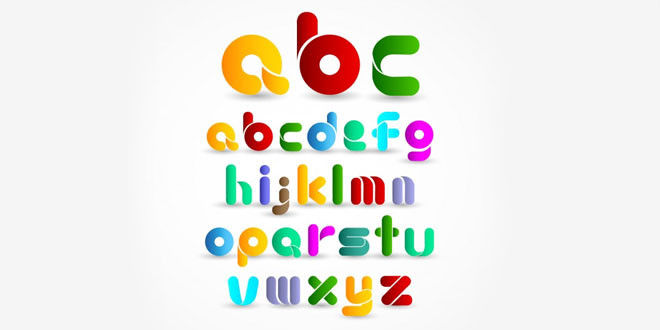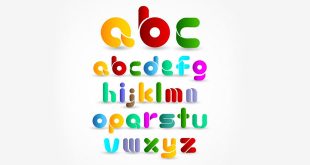Examples Of Synecdoche
Synecdoche In Literature
Part of something used to represent the whole sentence:
- The ship was lost with all hands. (sailors)
- His parents bought him a new set of wheels. (new car)
- He has many mouths to feed. (to look after many)
- White hair. (elderly people)
- 9/11 tragedy.
- White-collar criminals.
- Lend me your ears.
- All hands on deck
- There sits my animal guarding the door to the hen house.
- Give us our daily bread.
- He hurled the barbed weapon at the whale. (Harpoon)
- The little lady in Cleveland couldn’t pay her heating bill.
- It is sure hard to earn a dollar these days.
- If I had some wheels I would put on a new thread and ask for Jenny’s hand in marriage.
Whole sentence used to deliver a part of something:
- During 2010, in the Winter Olympics, Canada added glory by winning 14 gold medals for the country. (The whole sentence is used to signify the part “Canada won 14 gold medals.”)
- “And the Stratocaster guitars slung over Burgermeister beer guts and the swizzle stick legs jacknifed over Naugahyde stools . . ..” (Lyrics of Putnam County by Tom Waits)
- “At midnight I went on deck, and to my mate’s great surprise put the ship round on the other tack. His terrible whiskers flitted round me in silent criticism.” (Joseph Conrad in The Secret Sharer)
- “Prepar’d to scrub the entry and the stairs. The youth with broomy stumps began to trace.” (This is another example of a synecdoche taken from A Description of the Morning written by Jonathan Swift (1667 – 1745), where the broomy stumps refer to the broom as a whole.)
- “Friends, Romans, countrymen: lend me your ears.” (Taken from Julius Caesar written by William Shakespeare; the most famous example of synecdoche).
- Stopping by Woods on a Snowy Evening written by Robert Frost, where the journey through the woods and forests refers to life’s journey.
- “Tell that its sculptor well those passions read Which yet survive, stamped on these lifeless things, The hand that mocked them.” (Ozymandias- Shelley)
- “Give us this day our daily bread.” (Matthew, ‘The New Testament’)
- “I should have been a pair of ragged claws. Scuttling across the floors of silent seas.” (The Love Song of J. Alfred Prufrock by T. S. Eliot)
- “His eye met hers as she sat there paler and whiter than anyone in the vast ocean of anxious faces about her.” (Face represents the whole person; a part used to refer to the whole. This is taken from The Lady or the Tiger? By Frank R. Stockton).
- Synecdoches are found in the poems of Robert Frost like in ‘The Gift Outright’, ‘I Will Sing You One – O’, ‘Kitty Hawk’ and ‘Fire and Ice’.
Synecdoche in Movies
- As mentioned in the Silent Dust by Lance Comfort, a synecdoche is presented by Simon Rawley in a scene, where he leaps through a window to get away from an arrest. The use of ‘run away from us over the cobbles’ is the use of this figure of speech.
- “In showing a journey by night, Fried-rich Ermler blacked out the sky, the trees, the road, and the carriage itself: all we see is a flickering white horse galloping larger toward us. Presumably a travelling light kept pace with the horse, and the flicker was caused by the trees in between (peasants).” (N. Roy Clifton, The Figure in Film. Associated University Presses, 1983)
Others Synecdoches
- “The rustler bragged he’d absconded with five hundred head of longhorns.” (Both ‘head’ and ‘longhorns’ are parts of cattle representing them as wholes).
- “He shall think differently,” the musketeer threatened, “When he feels the point of my steel.” (‘Steel’ refers to sword in this context).
A typical figure of speech in which either a part or the entire sentence is used to depict a particular scenario. Hope this article has guided you through the concept of usage of synecdoches and its examples. In literature, forms of love poetry and sonnets also use this figure of speech to signify the beauty of their beloved, which in turn beautifies the piece of work further. Most renowned poets use synecdoches to make their prose effective and meaningful in a vivid and impressive way. This emphasizes the style of presentation too.
 Class Notes NCERT Solutions for CBSE Students
Class Notes NCERT Solutions for CBSE Students


